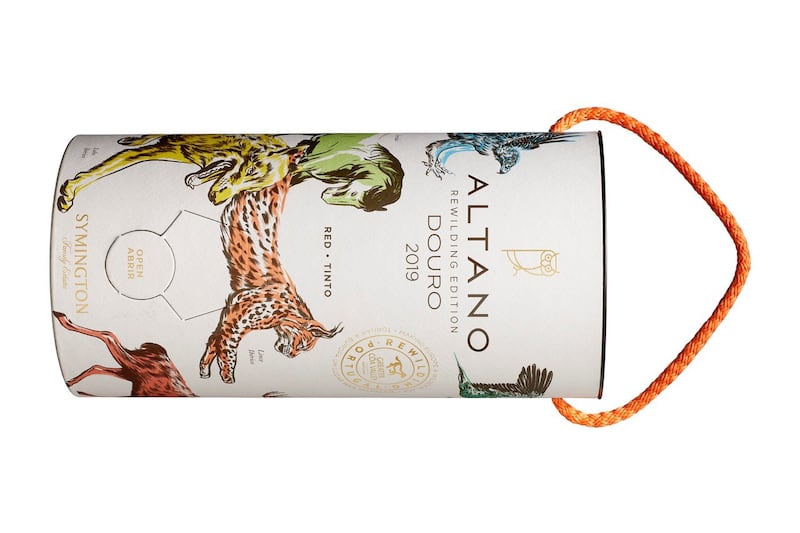“Price is what you pay, value is what you get,” Warren Buffett is said to have written to his shareholders. He wasn’t talking about wine, but here too price and value are not always the same thing. Less expensive wines that taste awful are not great value for money at any price.
In Ireland we have some of the highest rates of duty on wine. If you pay €8 for a bottle of wine, about €4.75 of that will go straight to the Government. Add shipping, warehousing, delivery and the (rising) cost of bottles, labels and closures and there isn’t much left for the poor producer and grower.
Once you go over €10, the people who grow the grapes and make the wine receive exponentially more. Some of the multiples have good wines at about €10 or less, but I reckon the sweet spot, the range where value really kicks in, starts around €12 and continues into the €20-€23 range. As you go up this scale you should notice a real increase in quality, the sort that moves wine from an alcoholic beverage into something delicious and special.
Here are a few suggestions to help you get real value for money.
READ MORE
Avoid heavy bottles and labels with lots of gold
These add to the cost of your bottle without improving the flavour. They aren’t great for the environment either.
In general, avoid well-known names
Larger, less glamorous regions and countries, such as Languedoc in France, La Mancha and the southeast in Spain, Alentejo in Portugal, Sicily in Italy, and much of Chile, can be sources of really good, interesting wines at keen prices. You do have to be a little adventurous; you may even have to consider buying wine in alternative packaging, such as the tube-in-box from O’Briens.
Don’t automatically assume that supermarkets offer better value
They have huge purchasing power, and can offer bargains such as the German Riesling below, but I often find that independents, including O’Briens, have a better range of wines, especially once you pay €10 or more.
Build a relationship with your local retailer
Like a good butcher or bookshop, they are worth cultivating.

Deidesheimer Riesling Trocken Edition 2020, Pfalz, Germany
12%, €11.99
Delicious fresh racy Riesling with green apple fruits. With Asian crab or prawns.
From Lidl

Altano 2019 Rewilding Edition, Douro, Bag-in-tube
14%, €33.50 for 2.25 litres, equivalent to €11.17 per bottle
Herby aromas, medium-bodied, with sweet smooth red cherry and plum fruits. Pork, chicken, or mushrooms.
From O’Briens

Garganega ‘Scuola del Vigneto’ 2021, Cantina Negrar
12%, €15-16
Herbal floral aromas, moreish fresh orchard fruits and a crisp finish. Solo or lighter fish dishes.
From Greenman Wines, Sheridans Cheesemongers, Butlers Pantry, Petes Provisions, Nellys, MacCurtain Wine Cellar

Finca Carelio Tempranillo Barrica 2018, Spain
14.5%, €15-16
Warming smooth ripe cherries with a touch of spice. Cocida and other seasonal casseroles.
Martin’s, Morton’s Ranelagh, Mitchell & Son, Clontarf Wines, Café Rua, Red Island Wines, Gibney’s
















